“Diều sáo” " are so
popular in Vietnam nationwide, where kite flying is seen as a sport,
hobby and a religious custom. If you, foreign tourists, travel to
Vietnam, you will get the chance to fly the interesting “diều sáo”.
Vietnamese
people of different ages make kites of many shapes, sizes, materials
and with bamboo flutes. “Diều sáo” not only attract people by their
shapes and colours but also by their flutes. Every afternoon, when the
wind tenderly blows, they will play “dieu sao” to enjoy so magical sound
created by the flutes.

How to make “diều sáo”?
“Diều
sáo” are built in a traditional Vietnamese style, with eight ovoid
wings attached, plus five bamboo flutes in graduated sizes, which are
mounted on top and make a pleasing drone when the kite is flying. The
faster the kite swoops, the more magical the sound of the flutes is.
Children's
kites are often small, simple and covered with paper, while adults'
kites may be more complex, cloth-covered, and feature one or more wind
flutes that play melodies as the kites fly.
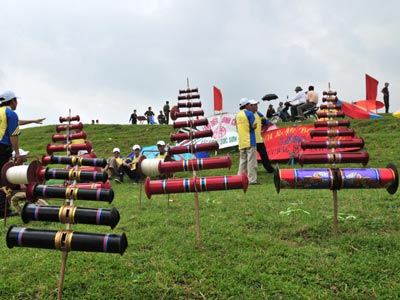
A
typical adult's kite has four parts: the body, the steering string, the
flying string and flutes. The frame is made of the smooth outer bamboo
stalk and is well polished. Kite-makers shape bamboo straps into a
crescent two to three metres long and one metre wide. After that, they
cover the frame with pieces of cotton cloth or carefully glued paper. If
one half of the kite is heavier than the other, the steering string
will help balance it. This string also serves to direct flight and
protect the kite wings from breaking if the wind is too strong. The
flying string is also made of bamboo and can be as long as 100m to 150m.
Young bamboo straps the size of chopsticks are tied together, then
boiled in water or even in traditional Chinese medicine and salt so that
the string becomes soft and flexible. Flutes of different sizes and
materials can make the sound of birds, car horns, gongs or music. The
mouth of the flute must be skillfully carved so that it can properly
receive the wind and create the desired sound.
Today,
villagers build more sophisticated kites in the shape of phoenixes,
butterflies and dragons. They replace thick bamboo strings with thinner
bamboo or plastic rope. Modern kites are very light and cost little
since the materials to make them are readily available.
How to fly “diều sáo”?
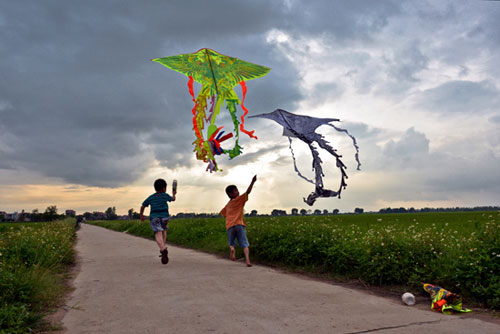
The
Vietnamese often fly “diều sáo” in the late afternoon as the sun begins
to set. Normally, two people fly one kite. One person holds the flying
string while the other takes the kite and runs into the wind until the
wind lifts the kite. Both of them keep the kite high in the sky from day
to day, even from summer to autumn.
Every year, kite-flying competitions take place in many northern and central provinces in Vietnam.
The rules vary from place to place. In general, the most beautiful kite
with the most interesting flute melodies wins. In particular, Quang Yen
Townlet (Quang Ninh Province) holds a kite-fighting competition: regardless of design, kites that hit or break other kites will win.
Estimated
to be some 2,000 years old, “diều sáo" are so popular in Vietnam
nationwide, where kite flying is seen as a sport, hobby and a religious
custom.
If you are interested in exploring Vietnam
travel, you can visit Vietnam travel guide, Vietnam travel company, Halong travel guide,
Halong cruise,
Halong
Bay, Halong tours site to know further attractive places.
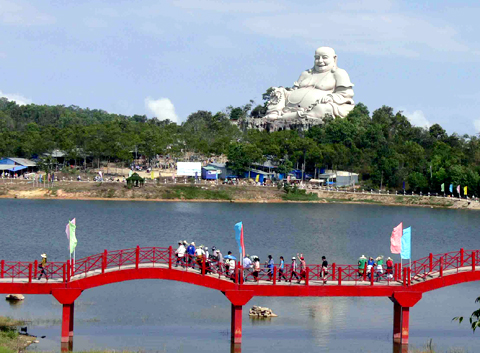
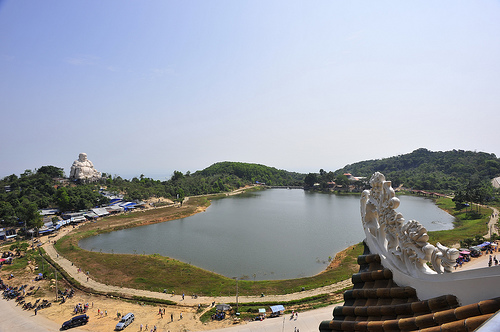
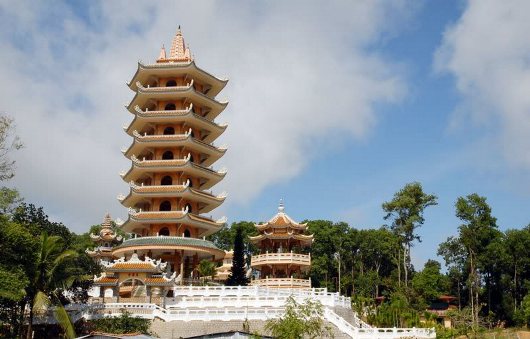
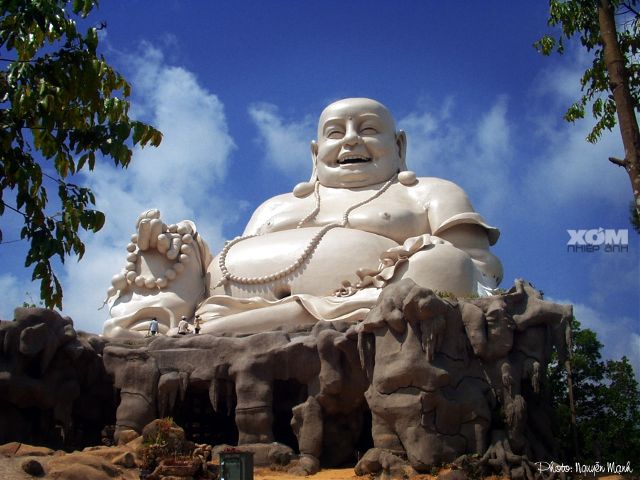
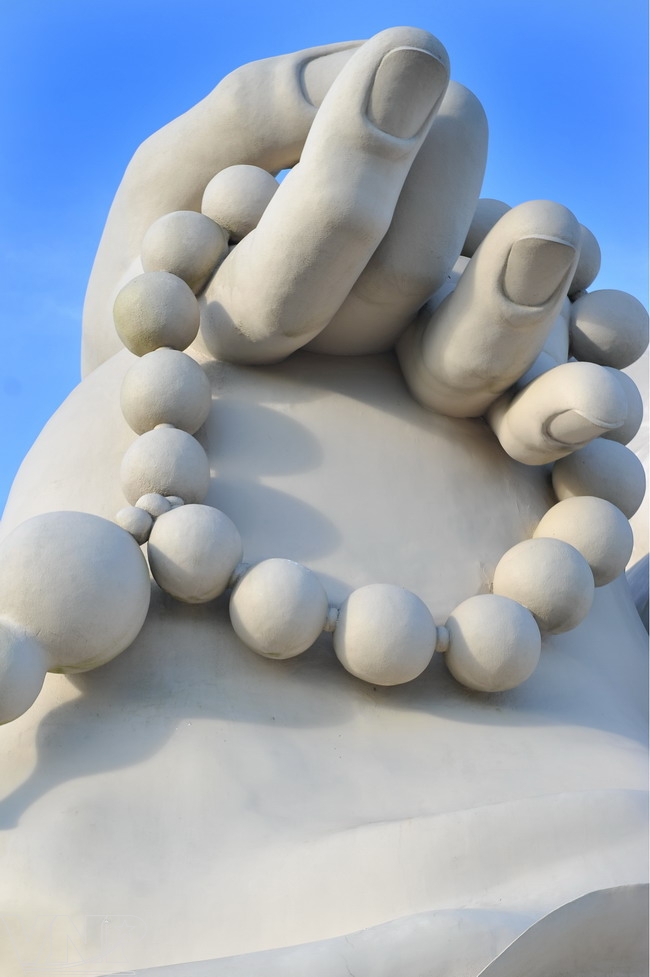
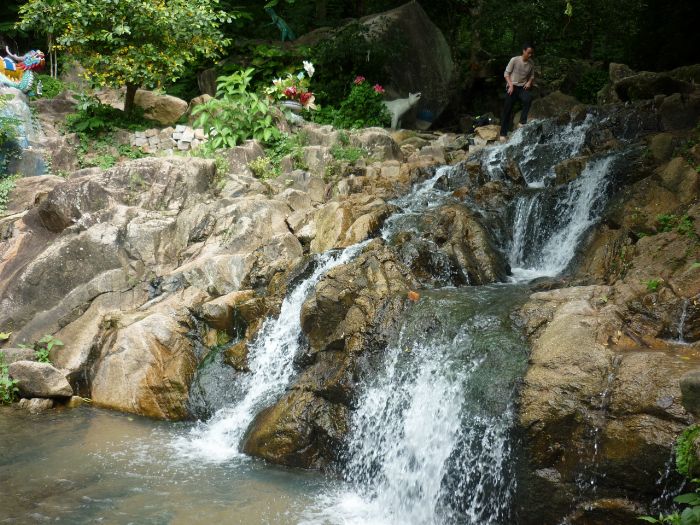

.jpg)
